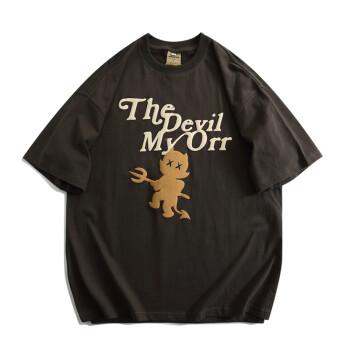For babies, it is very important to choose comfortable clothing materials. The right material ensures that baby’s skin is well breathed and protected, and reduces the risk of allergies or irritation. The following are some common baby clothing material choices and considerations:
1. Pure cotton: Pure cotton is one of the most common baby clothing materials. It’s soft, breathable and non-irritating to baby’s skin. Pure cotton also absorbs sweat and keeps baby’s skin dry. However, it should be noted that pure cotton may shrink, so pay attention to the size when purchasing.
2. Organic cotton: Organic cotton is cotton grown through organic farming methods without the use of chemical fertilizers and pesticides. Organic cotton clothing material is gentler on baby’s skin, reducing the risk of exposure to harmful substances.
3. Wool: Wool is a natural insulating material that provides extra warmth. It’s soft on baby’s skin and breathable. However, for some babies, wool may cause allergies or irritation, so choose carefully.
4. Silk: Silk is a soft and smooth natural fiber material suitable for babies’ sensitive skin. It has good breathability and thermal insulation properties. Silk clothing is lightweight but relatively expensive and requires special attention to cleaning and maintenance.
5. Cocoon silk: Cocoon silk refers to the silk fiber extracted from silkworm cocoons, which has a soft and smooth feel similar to silk. It is gentler on baby’s skin and has better breathability and moisture absorption. Cocoon silk is generally more durable than pure silk and performs better at regulating temperature.
In addition to material selection, there are several points to note:
1. Proper fit: Baby clothing should fit well but not be tight. A size that is too large may cause the baby to be entangled or pulled, while a size that is too small may restrict the baby’s free movement.
2. Don’t choose too many decorations: Avoid choosing too many decorations, such as buttons, pleats or embroidery. These details may be uncomfortable or cause discomfort to the baby.
3. Consider the season and environment: Choose appropriate clothing based on the season and environment. In winter, add thermal layers to keep baby warm. In the summer, choose lightweight materials to help dissipate heat.
4. Pay attention to the wearability of clothing: When changing diapers and bathing, choose designs that are easy to put on and take off, such as open buttons or zippers.
In short, choosing comfortable baby clothing materials is very important to protect the baby’s skin and ensure its comfort. When purchasing clothing, it is essential to consider the material’s softness, breathability, hygroscopicity, and the risk of infant allergies to specific materials.








